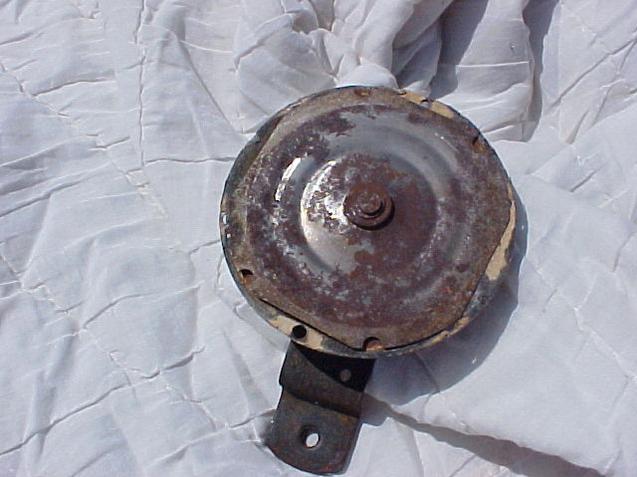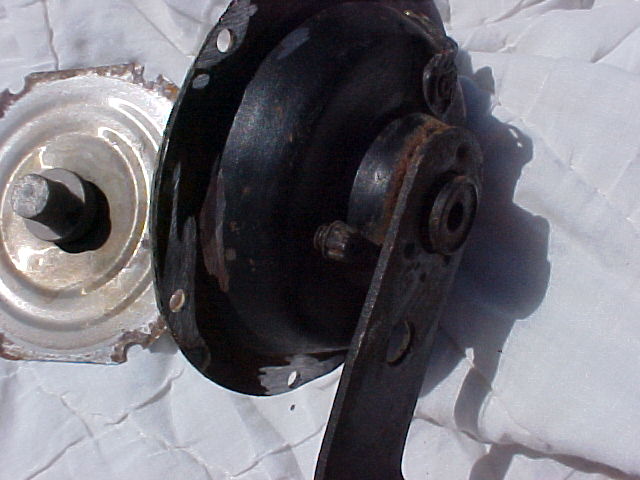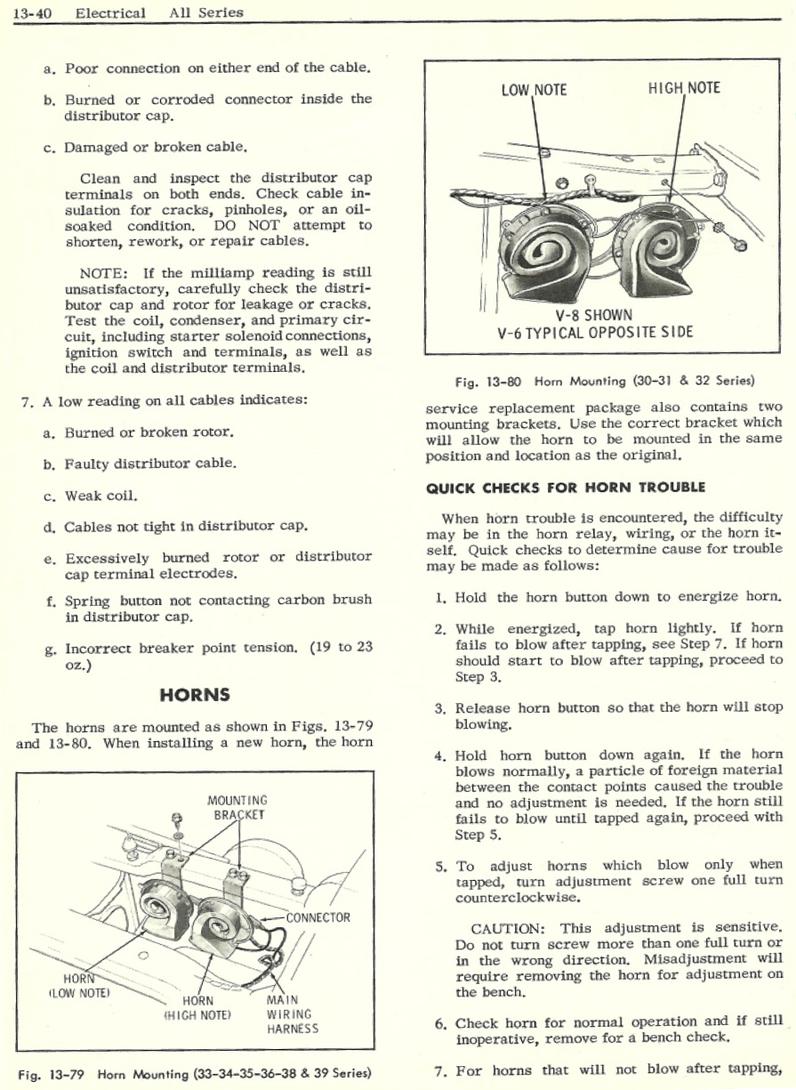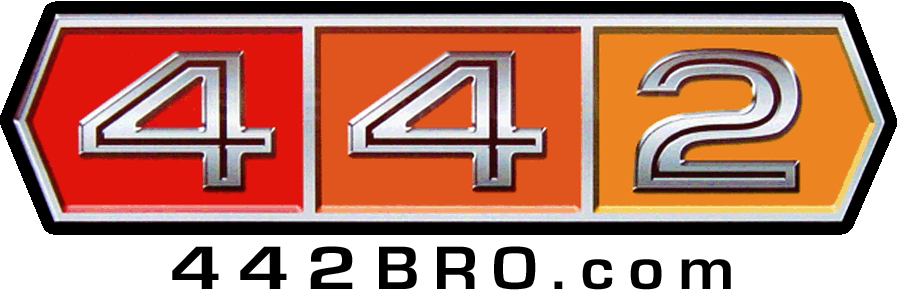 | ||||
1. This is how they work ! No B.S.
This is a picture showing the diaphragm still in the pull coil portion of the housing, the part that the power lead attaches to. This is where the adjustment is located. ( Meaning the coiled "horn" housing portion removed) You know, the curly-Q part where the noise comes out.
2. This pic is of the diaphragm removed, you can see the hole in the center of the housing where the shaft in the center of the now BACK side of the diaphragm sits. On this shaft notice a shoulder, when the coil is energized, the shaft is pulled in to the coil until the shoulder on the shaft makes contact with the "POINTS" which are located just below the coil in the rectangular housing pictured. When contact is made current is cut to the pull coil, and the diaphragm springs back towards the curly-Q portion of the housing, forcing the air that was drawn "IN" during coil pull, to be pushed "OUT". The air being forced out puts the honk in your horn.
If you have a good tip, share it with all of us. It will be appreciated.
3. This shows the location of the adjustment screw, directly behind the point plate. What the adjuster does, is change the travel of the diaphragm by changing the location of the points in relation to the shoulder on the shaft. Changing diaphragm travel changes cycle, cycle and travel combined changes note/tone. Best I can explain it. Bottom line, horns get full voltage, always. Mike Dulak
 | ||||
 | ||||





